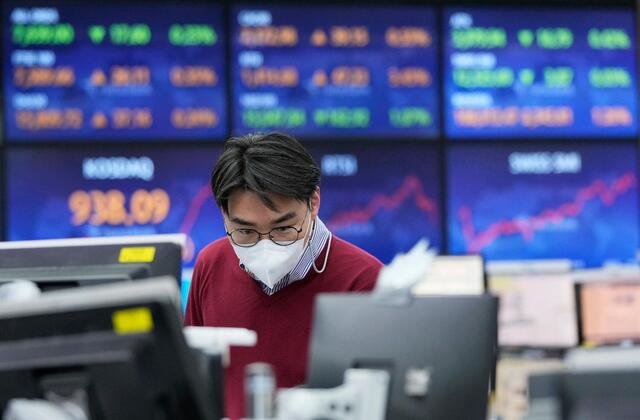
S&P 500 closed near its session highs; dollar holds declines
Chinese equities snap rally, with tech shares declining most
A gauge of Asian stocks climbed, following the S&P 500 higher as investors await US midterm elections and inflation data later this week. Chinese shares fell. Japanese equities led gains in the region, while US and European futures edged lower. Technology companies were the biggest losers among Chinese shares, halting their recent rally, as investors considered a jump in virus infections and official comments defending Covid-Zero.
Markets are focused on the elections later Tuesday for potential gridlock in government, which historically has been good for US stocks, and on the consumer price print Thursday for its impact on Federal Reserve interest-rate hikes. The Bloomberg Dollar Spot Index was little changed after recent declines. The gauge fell 0.4% Monday, extending the 1.7% loss from Friday, which was its worst day since March 2020.
The inflation reading is coming after the core consumer price index rose more than forecast to a 40-year high in September. Even if prices begin to moderate, the CPI is far above the Fed’s comfort zone. “Inflation is going up. It may be coming down periodically. But it’s going up,” Richard Harris, chief executive of Port Shelter Investment Management, said on Bloomberg Television. “The market is kind of uncertain — it’s hoping for the best but really should be preparing for the worst.”
Yet opinion is divided on the broad outlook for markets and the economies. Goldman Sachs Group Inc.’s top economist said there was still a “very plausible” path for the US economy to avoid a recession. JPMorgan Chase & Co.’s Marko Kolanovic warned of the risk to stocks from ongoing Fed hawkishness, and Morgan Stanley’s Mike Wilson said companies will need to aggressively shrink expenses, including through layoffs, before he becomes more optimistic on US equities.
Treasury yields headed higher while benchmark Australian and New Zealand government bond yields gained more than 10 basis points. Japan’s benchmark 10-year bond yields were stuck at the 0.25% upper limit of the central bank’s target range as trading dried up.
The Bank of Japan has been scooping up so many 10-year bonds there may soon be little left to buy. It held 73% of 10-year government notes with a residual maturity of at least seven years as of end-October, according to data compiled by Bloomberg.
Meanwhile, swaps markets are leaning toward a 50 basis-point Fed rate increase in December, after a fourth consecutive jumbo hike to a target range of 3.75% to 4% at last week’s meeting. Rates are expected to peak slightly above 5% around mid-2023.
Source Bloomberg